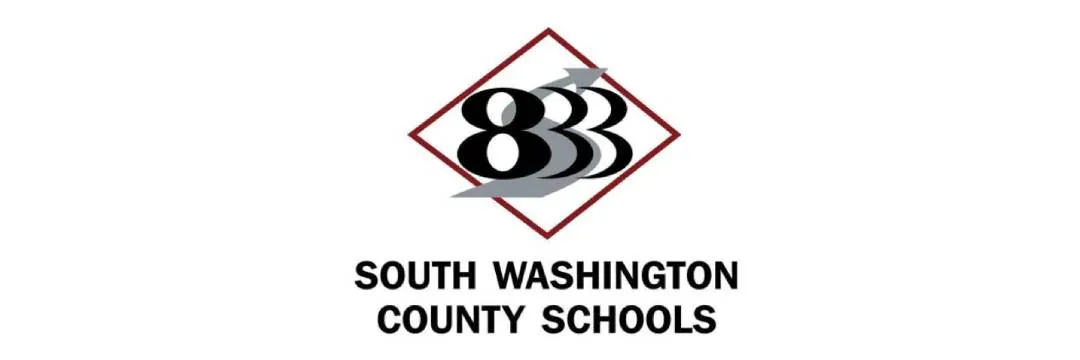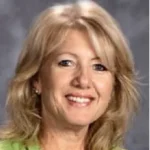Why did your district decide to purchase Seesaw for Schools?
Joni Quintavalle: Our PreK and K teachers did a design thinking project where the goal was to redesign what good teaching looks like. Out of that design endeavour the teachers invented an app that was all about how great it would be if we could show parents what and how our kids are learning. Parents could go to this app and they could see examples of kids doing something and teachers showing how to do it. That was our app invention! But, we couldn’t really create an app, and we realized there’s this app called Seesaw that already does much of what we’re talking about — so we thought, let’s look at that instead! That’s when we started a pilot of Seesaw for Schools and of course it went well.
How did you go about a successful implementation of Seesaw for Schools?
Joni Quintavalle: We did a progressive rollout by grade level. First we started with PreK and K as the initial users. The following year we added a program with first and second grade. We started some of them as a pilot for part of the year and then eventually decided that we wanted to continue and added third grade as well. This is when we realized it would be awesome to have a plan to move forward even more effectively.
This fall, we implemented what we call expectations or “guidelines” for Seesaw usage for all teachers, which our principals agreed upon as well. They’re very basic, an example is for teachers to try and get 100% of families connected during the first trimester. Another example is to use any type of communication tool via Seesaw to communicate with families at least once a week. The type of communication can be very open ended — it could be taking a picture, writing a note, whatever or however they want to communicate. In addition to that, we’re asking that the students post at least once per week. Next trimester we’re going to ask that the students post in Seesaw twice per week.
They serve as a great guiding resource for teachers who would like to help themselves. And then we also have a tech coach who works with every teacher to follow the guidelines by modeling Seesaw or taking groups of kids and doing a project, or just being there to answer any questions.
We want all our students to have equity and we want all our families to be in the loop of what’s happening at school. We want school to be a transparent place where a family member knows what’s happening. We can do that with Seesaw.
Why did you choose to create and adopt Seesaw Guidelines?
Joni Quintavalle: We felt strongly that if your next door neighbor teacher is utilizing Seesaw, you’re going to hear about it because they’re gonna love it. We knew it would grow naturally and organically because it will be an amazing tool to use. And while that was happening in our schools, we wanted it to happen on a more global scale more quickly. We want all our students to have equity and we want all our families to be in the loop of what’s happening at school. We want school to be a transparent place where a family member knows what’s happening. We can do that with Seesaw. That’s why we put these in place — we thought the guidelines were the best way to make sure all of our students have the opportunity to be connected.
What kind of impact has Seesaw for Schools had on your district?
Joni Quintavalle: A lot of the administrators who have embraced it have said it’s incredible to see what’s happening with their students in their schools. They think it’s amazing that they can make comments on student work and do a little quick check and see what kind of things are going on in the classroom.
There are a lot of tech tools out there and what I would say about Seesaw is that it is all about authentic learning and authentic representation of learning — and that has a whole lot of sustainability. The power comes from the student that sits down in front of the video camera and says “Hi! I learned this today” and just tells you all that they know. That’s the best part — no matter what they do, no matter what they learn, they’re sharing and showing what’s in their head — you get so many insights from that.
For students what makes Seesaw exciting is that it’s different from anything they’ve done before. It’s engaging because they often get to choose the way that they express themselves. They can take a picture of a project and then choose the tools to explain different parts however they want and that’s exciting to them.
And then anytime there’s a conversation to be had with a parent, whether a conference or a special meeting, you can say “Well, here’s exactly how your child is doing now and let me show you where they started.” And there’s a live example of that as opposed to just a piece of paper.
What has the impact been on families?
Joni Quintavalle: Families love it. They just love it. They love getting the little notification on their phone — it can be a highlight of their day, whether they’re at home or at work. But the very best part for families has been that in our lowest socioeconomic schools, our teachers have been saying that they’ve tried to reach families in multiple ways but they can’t come to conferences, they can’t come to open houses, they don’t answer phone calls…but they’re connected to Seesaw and seeing what their kids are doing. So I think it’s been really positive. I have heard from one of our lower socioeconomic schools that since they began using Seesaw to invite families to attend conferences, they went from very low attendance to nearly 100%. That’s powerful!
Our teachers have been saying that they’ve tried to reach families in multiple ways but they can’t come to conferences, they can’t come to open houses, they don’t answer phone calls…but they’re connected to Seesaw and seeing what their kids are doing.
What are some ways you’ve see Seesaw used in your district?
Joni Quintavalle: All of our classroom teachers K-5 are using Seesaw. They capture authentic evidence of learning, monitor progress and assess learning, document what’s happening in the classroom, and communicate with families. In addition to classroom teachers our specialists have been enjoying using Seesaw. We have a Reading Recovery program and they’ve discovered they can use Seesaw both in class and at home so families can do the reading recovery prompts imitating what we practice in school. It’s taken off this year and they really see the power of it.
This year our band and orchestra teachers discovered Seesaw as well and it has taken off there too. They’re having students do things at home — in other words, they’re recording themselves practicing. They’re also sharing their individual lessons with families sometimes, as well as modeling how something should be played. So that’s been really, really cool. They were really excited. As a result we made sure that all band and orchestra teachers had at least one device they could use for that.
PhyEd or gym teachers are using it for assessment. They’re having the students demonstrate a skill (like a kicking skill) so they create an activity or just go around actually recording students doing it and then share with family.
Others that have embraced Seesaw this year are our teachers. A few of them in particular were pumped to the max about having students use their voice to speak and demonstrate their learning. One of our ESL teachers has students do Reader’s Theatre a lot and shares that with family. Reading, speaking, writing, and listening can all happen in Seesaw; our teachers are so passionate about the possibilities.

